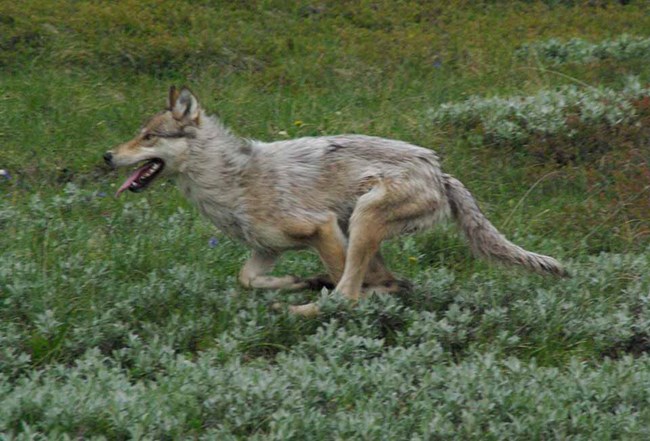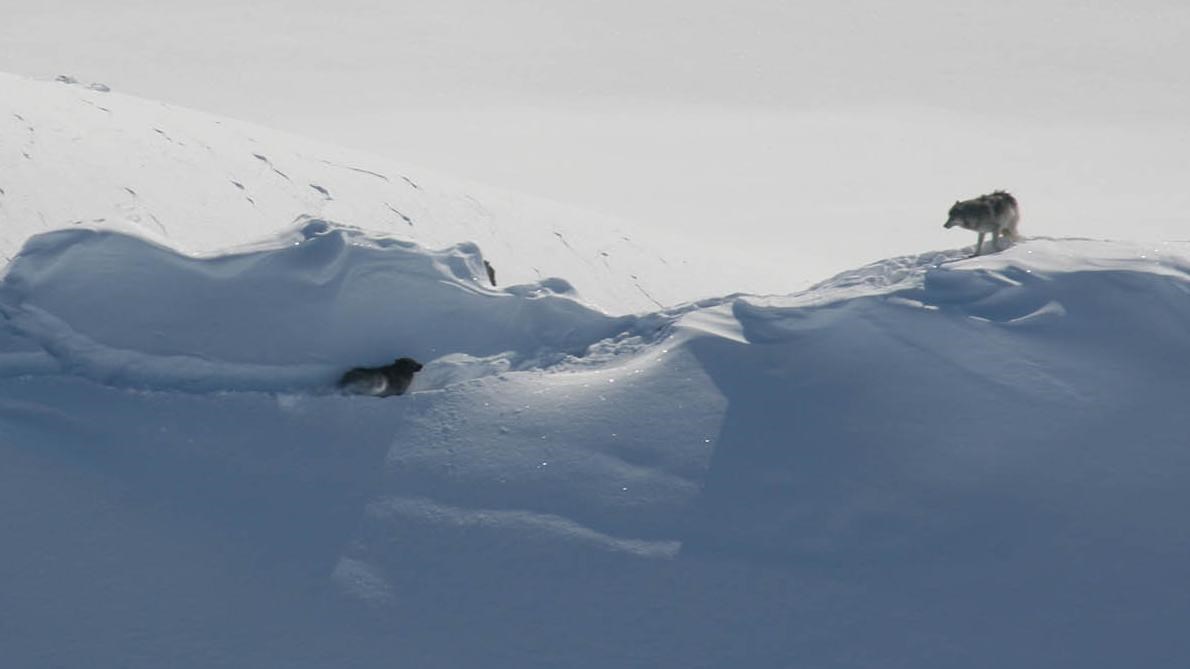
The results of a two-decade long study of wolf populations in Alaska’s Yukon-Charley Rivers National Preserve have yielded new insights into how species management programs in adjacent areas affect protected wolf populations.
National Park Service researchers monitored wolf population dynamics for 22 years (1993–2014) in order to assess how two large-scale wolf control programs, which had the primary goal of increasing the size of the Fortymile caribou herd, affected a wolf population located within the adjacent protected area of Yukon-Charley Rivers National Preserve. The study is one of only four in North America conducted for this length of time.
The study found that during periods when wolf control programs were implemented, wolf survival rates in the national preserve were lower than usual even though the preserve encompasses 2.7 million acres and wolf control activities are prohibited in the preserve (and on other lands managed by the National Park Service). Other measures of population dynamics (dispersal, births and deaths) are also substantially different during years of wolf control.

Monitoring Wolves in Central Alaska
Both Denali National Park and Yukon-Charley Rivers National Preserve have the longest-running wolf monitoring programs in the world.
Last updated: July 16, 2019
